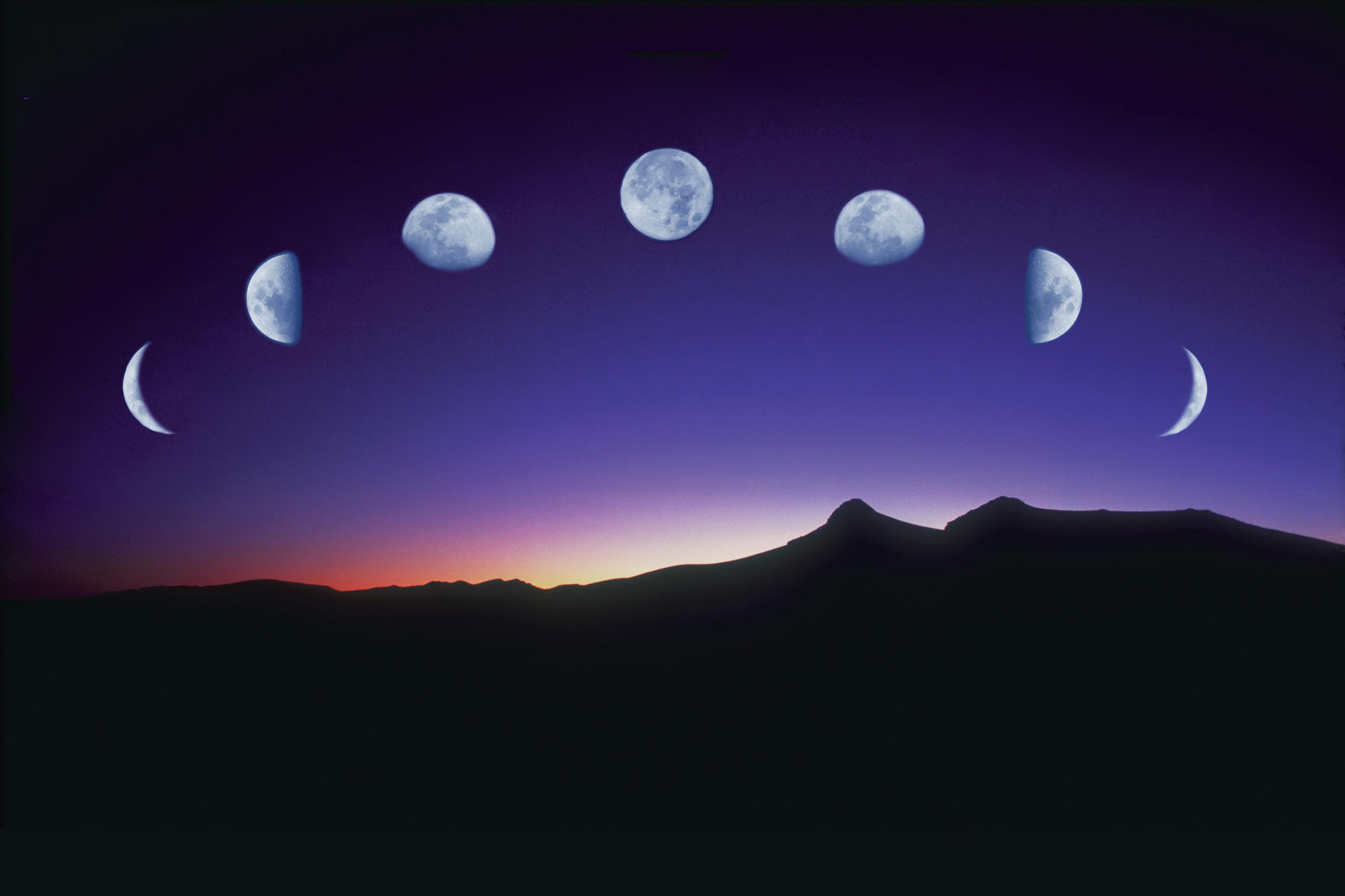Weekly Blog Post - "Stars and the Moon" (4|16|18 - 4|22|18)
SP1: Asking questions and defining problems. I asked scientific questions such as, "How does dark matter interact with stars?" and "Will Andromeda eat up the Milky Way?" (Andromeda is a bordering galaxy that gets 188 miles closer to us every second.) and "What will happen to our moon once the Sun becomes a red giant?" (which should happen in approximately 5 billion years.)
Image Link: Why didn’t the Dog Star laugh at the joke? It was too Sirius
Image Link: Why didn’t the Dog Star laugh at the joke? It was too Sirius


Comments